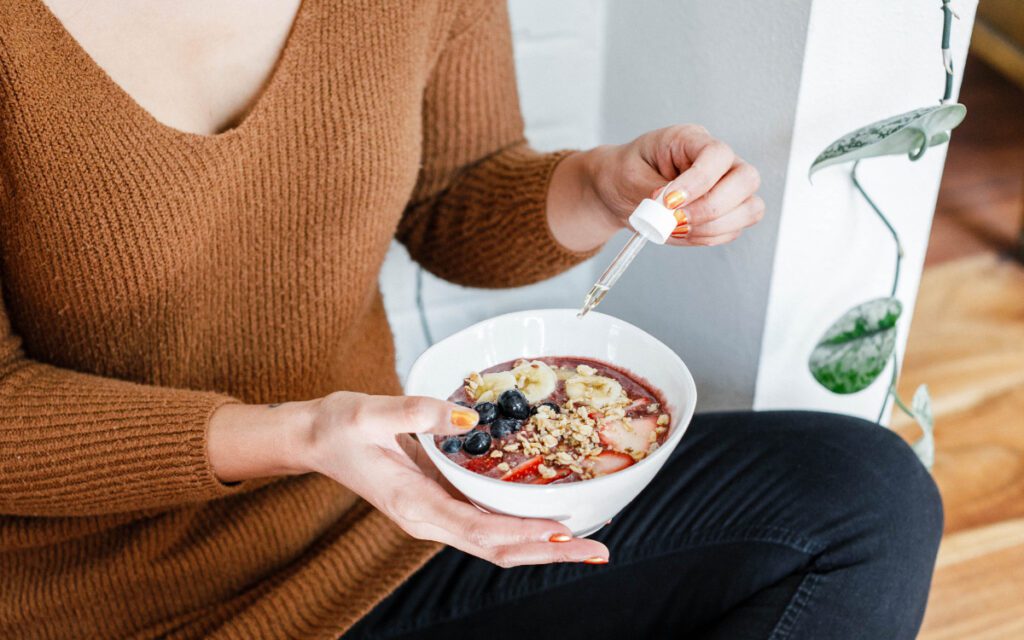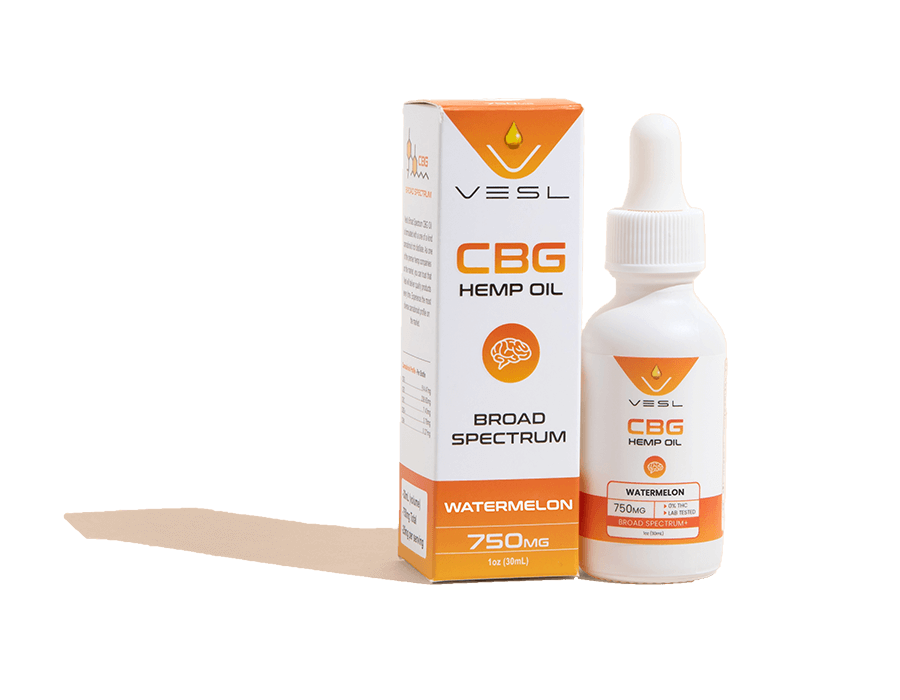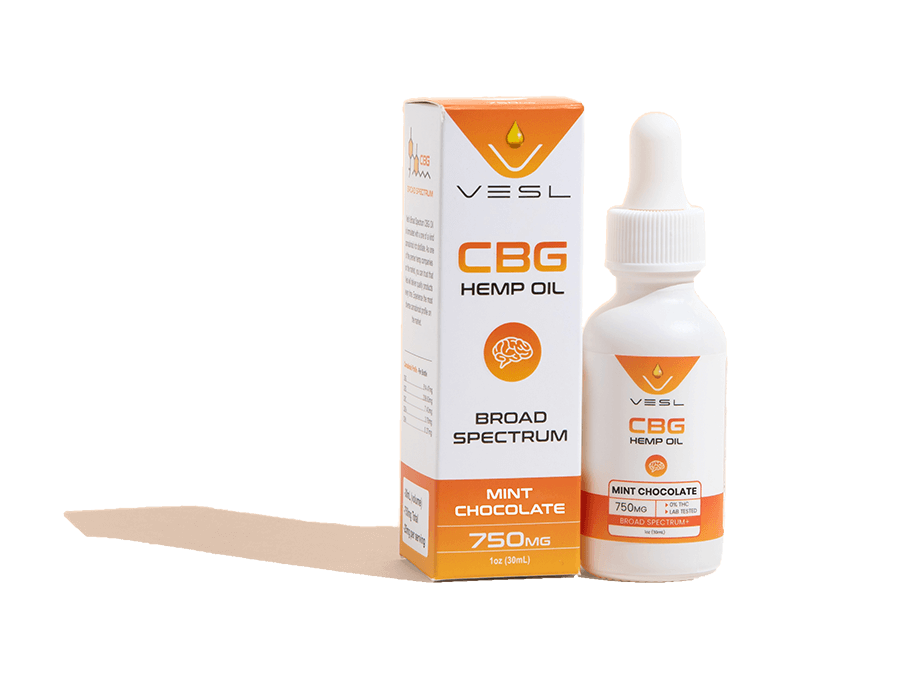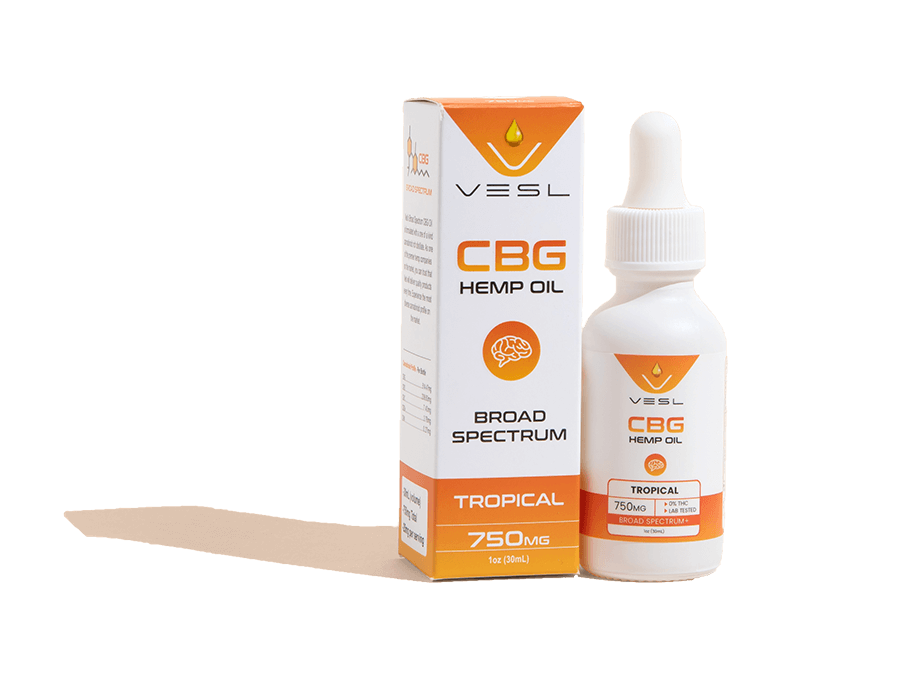During the menstrual cycle, a woman might experience a range of emotional and physical symptoms such as fluctuating levels of energy and uncontrollable mood swings. Some have milder symptoms while others have more severe conditions. These can be attributed to their shifting hormones. It impacts the way women feel throughout their menstrual cycle. It affects them in so many ways; emotions, appetite, thought processes, strength, and so much more.
A lot of women are finding ways to help them cope with their changing hormones. And many found relief with Cycle Syncing. By syncing your lifestyle and diet to the different phases of your menstrual cycle, you may be able to balance your hormones and be in control of your body. This concept is still in its infancy but it offers a lot of promise! So to help you learn more about this concept, we prepared a cycle syncing guide that every woman should know about.
What is Cycle Syncing?
It was first introduced by Alisa Vitti in her debut book Woman Code published in 2014. Alisa is an integrative nutritionist and an expert on women’s hormones. According to her, this method will help women correct hormonal imbalances and decrease hormonal symptoms by adjusting their lifestyle according to their menstrual cycle.
What are the benefits?
The following potential health benefits may seal the deal if you want to consider cycle syncing:
You will feel more energized.
You’ll feel more balanced and experience fewer mood swings, including PMS and anxiety.
Your workouts will be more effective.
You’ll have fertility support and will know the best time to conceive.
You’ll know what to eat in a particular menstrual cycle phase hence your food cravings will lessen.
Your workouts will be more effective.
You should try it if you
- have polycystic ovarian syndrome (PCOS)
- experience PMS and anxiety
- are overweight
- are overly fatigued
- want your libido back
- want to conceive
While everyone can benefit from cycle syncing, these certain groups may benefit the most.
The four menstrual cycle phases
A menstrual cycle varies from each woman but the average is to have periods every 28 days. This cyclical shedding of the uterine lining is divided into two overarching phases. And these are the follicular phase and luteal phase. They also encompass four more specific phases which are the following:
Menstrual phase
This is when the uterus begins to shed its lining due to decreased levels of estrogen and progesterone, and normal vaginal bleeding occurs.
Days of your cycle: days 1–5
How long it lasts: 3–7 days
You may experience abdominal cramping, headaches, nausea, vomiting, diarrhea, or dysmenorrhea.
Follicular phase
The first half of your cycle is when the follicle develops in the ovary. During this time, estrogen and progesterone levels start to rise.
Days of your cycle: days 6–14
How long it lasts: 11–27 days
You may experience higher levels of mood and energy, pain and other menstrual phase symptoms are no longer present.
Ovulatory phase
Estrogen peaks, and progesterone levels continue to rise as the egg is released mid-cycle. Pregnancy is also most likely to occur during this phase.
Days of your cycle: days 15–17
How long it lasts: 1–2 days
You may experience the highest sexual motivation.
Luteal phase
Estrogen and progesterone levels are high in this phase but decrease if pregnancy has not occurred. Then the body gets ready to move into the menstrual phase once again.
Days of your cycle: days 18–28
How long it lasts: 11–17 days
You may experience heightened feelings of anxiety, brain fog, trouble with concentration, food cravings or PMS.
Cycle Syncing Guide
The key to hacking your way through your menstrual cycle is to know the phase you’re in. Then tailor-fit some aspects of your life to avoid experiencing the negative symptoms that come along with your changing hormonal levels:
Menstrual phase
During your menstrual phase, focus on foods that are rich in iron and those that assist in iron absorption. Consuming foods that are high in anti-inflammatory will help you fight cramps. While bleeding, drink lots of water to avoid dehydration. Also, make sure to not skip taking supplements that help manage the pain you may experience during this phase. CBG or Cannabigerol is rich in anti-inflammatory and pain-relieving properties making it a must-have.
Follicular phase
Your energy is at your highest while in the follicular phase. So use this to stay healthy and active. Make the most of your exercise. If you are planning to try a more intense workout routine or a new sport, this is the best time to it. Just make sure to support your body with energy-building foods and drink plenty of water.
Ovulatory phase
The ovulatory phase is when you feel the most easygoing and outgoing. Take advantage of these feelings by doing things that boost the energy. Exercise, socialize and try new things during this phase. By doing all this, you are also preparing your body to enter its “chill-mode” or the time on your cycle when you have low energy levels. To eliminate bloating, avoid salty and fatty foods. While to avoid constipation, choose fiber rich foods and drink plenty of water.
Luteal phase
In preparation for the hormonal swings during the luteal phase, continue to eat a healthy diet and stay active but consider a less high-impact routines. Yoga or walking are a great choice for a physical activity while on this phase. You might also feel some food cravings and it is okay to give in a little.

Conclusion
Remember, this cycling syncing guide is simply a self-care tool rather than a method to treat hormonal imbalance and PMS symptoms during your menstrual cycle. So if these steps won’t work for you, don’t lose hope and try to find other ways. Consulting with your doctor also helps you identify if cycle syncing is for you.
Shop our CBD Hemp Products
CBG Oil – Watermelon
$25.00 – $45.00








